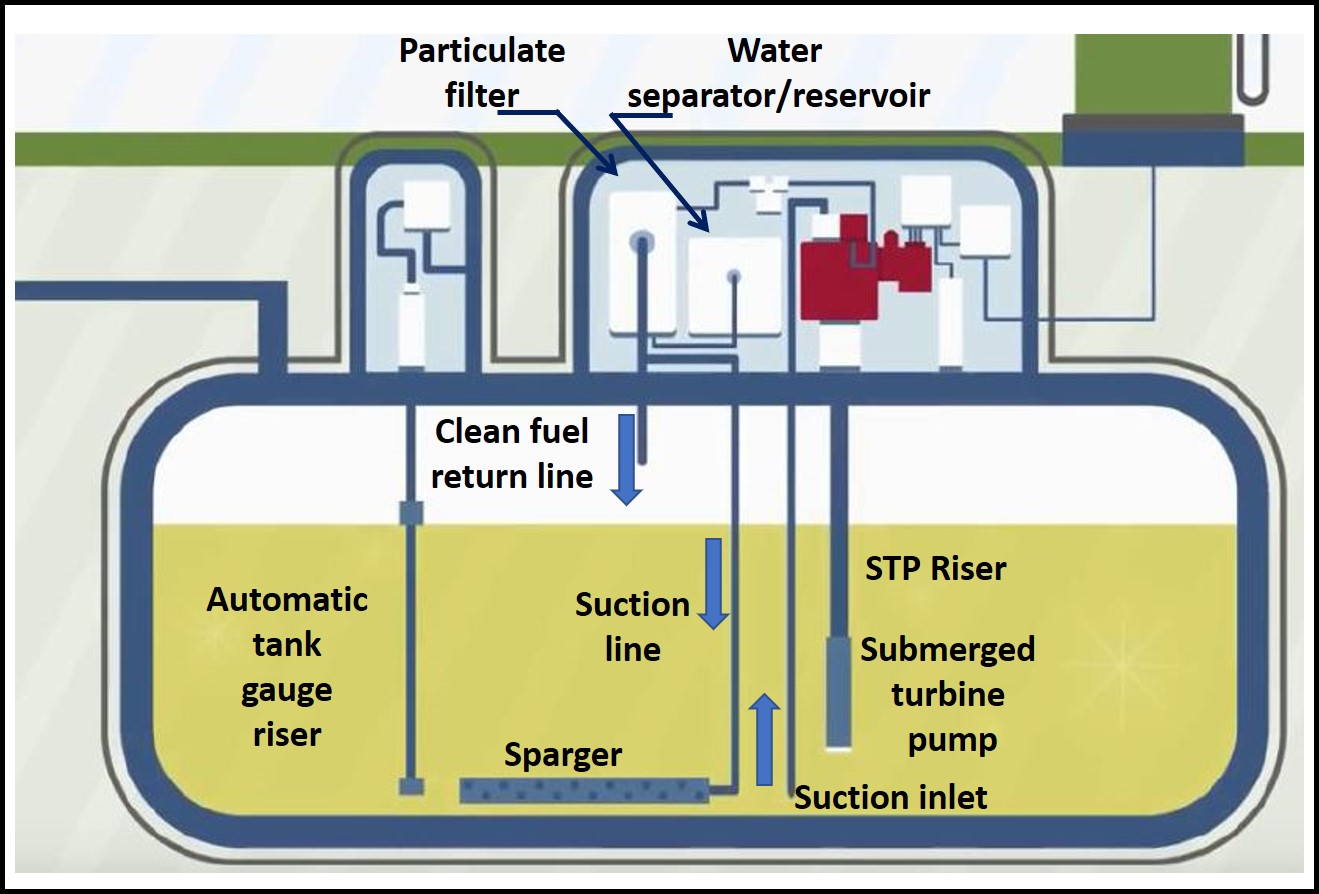
What Does “Viable But Not Culturable” Mean and Why Should I Care?
In microbiology, the term used to describe microbes that appear to be healthy and active by test methods other than culturing is viable but not culturable – VNBC. Since the term first came into vogue in the 1980s, it has always reminded me of the Monty Python skit in which the customer – played by John Cleese – and the shop owner – played by Michael Palin – debate whether the parrot that Mr. Cleese had just bought…
READ MORE



